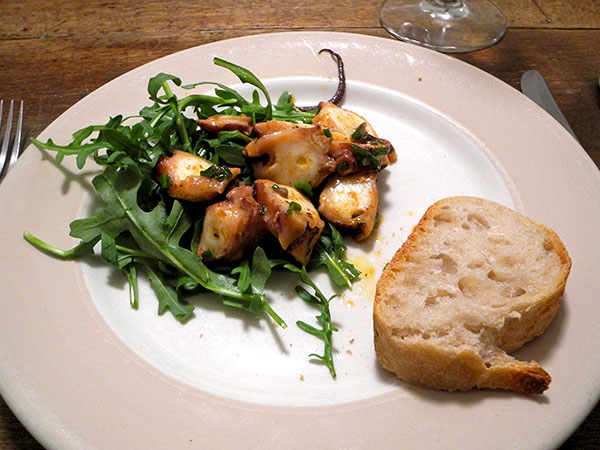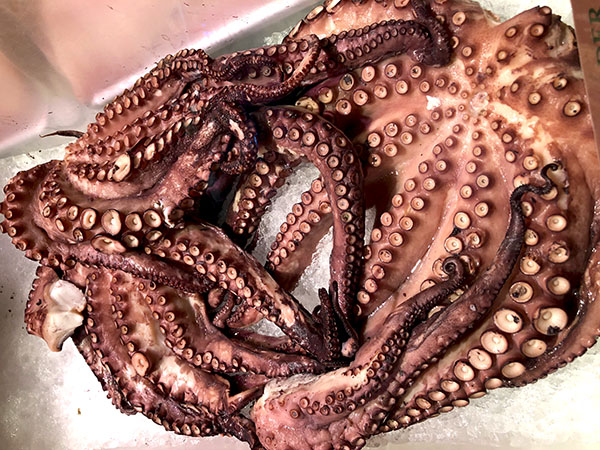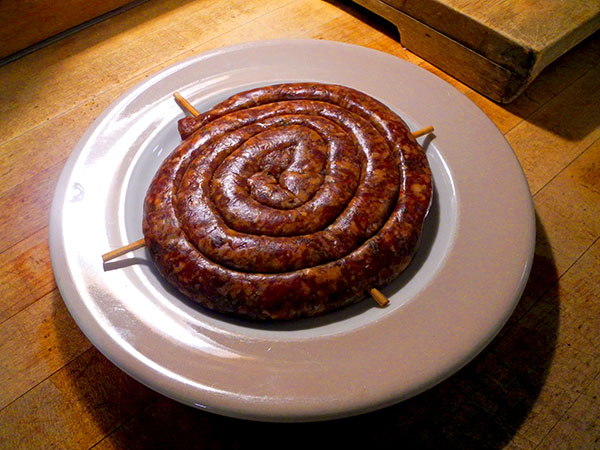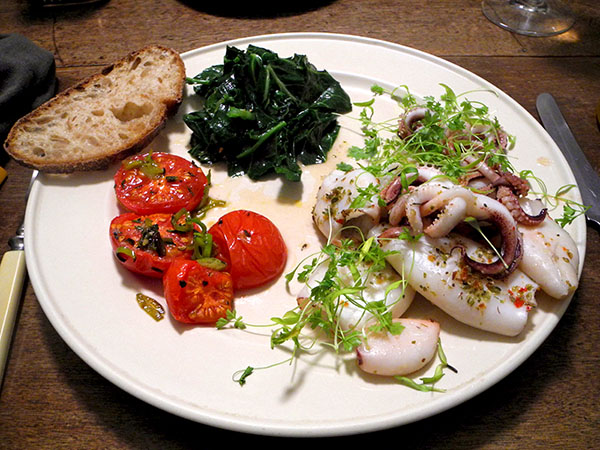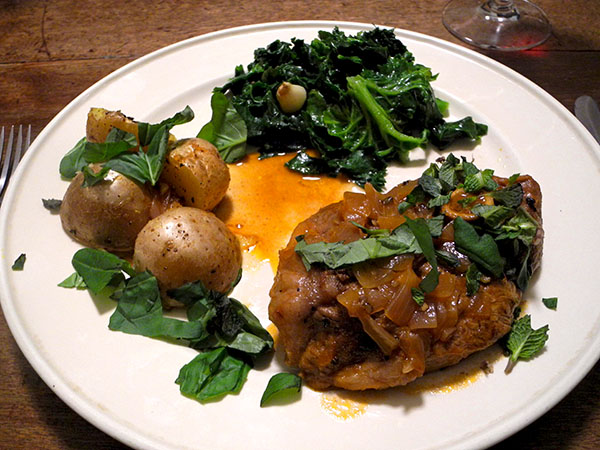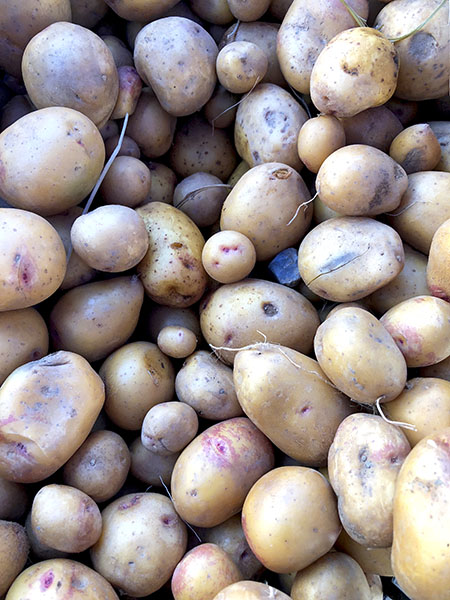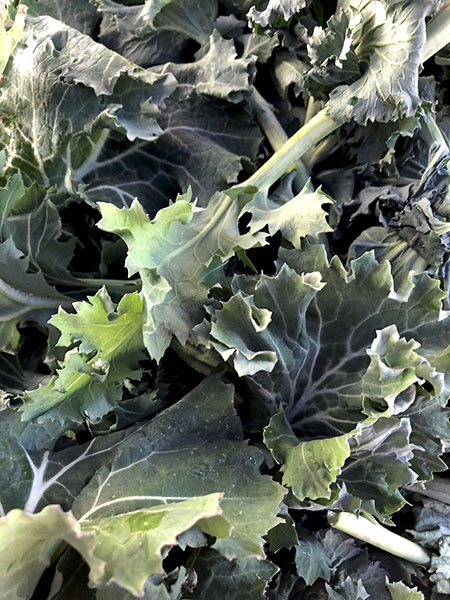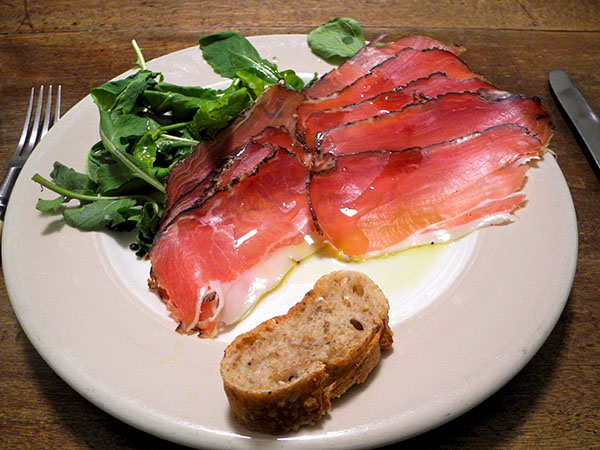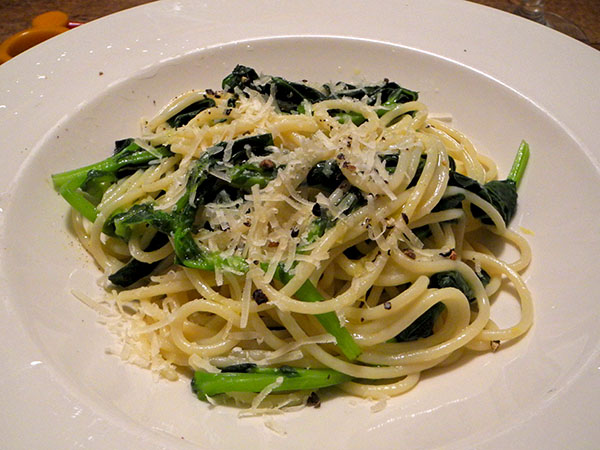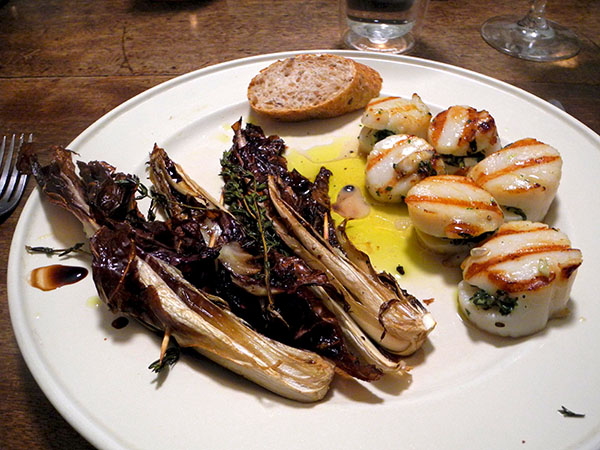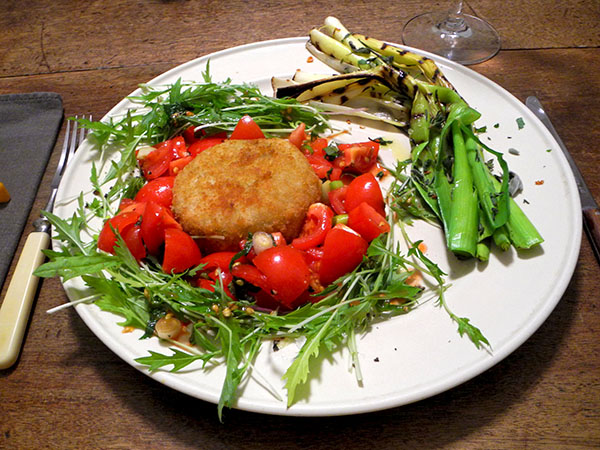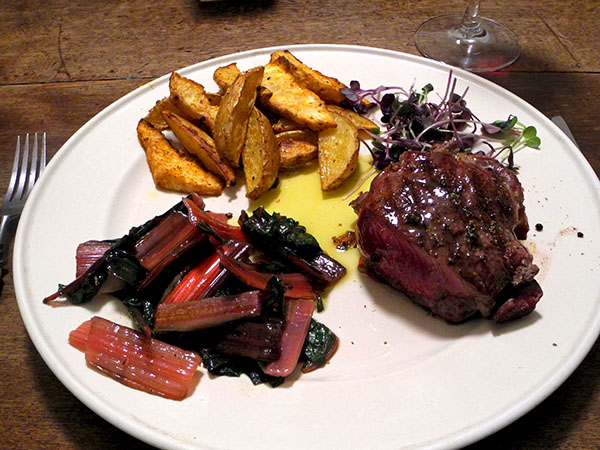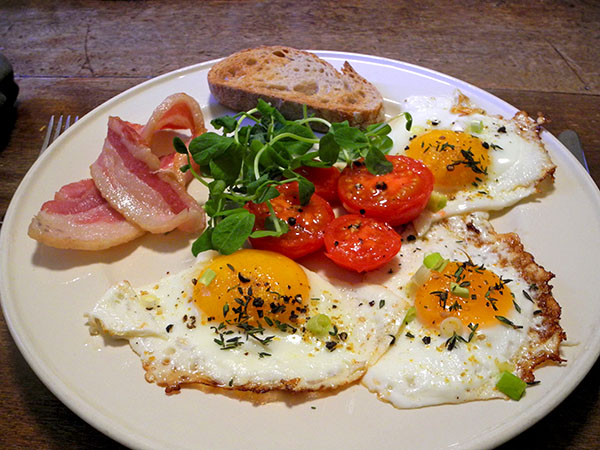
This meal would be impossible to put on the table on a late March day in Manhattan without the incredible exertions and creativity of our local farmers (the tomatoes are almost local since they come from Maine, near Skowhegan, so they’re at least fairly ‘green’) – and the modest heroics of our fishers too, working on wave- and windswept boats in the icy waters off eastern Long Island.
In fact, all winter long we’ve been enjoying fresh vegetables from the Union Square Greenmarket, and our neighbors in Maine.
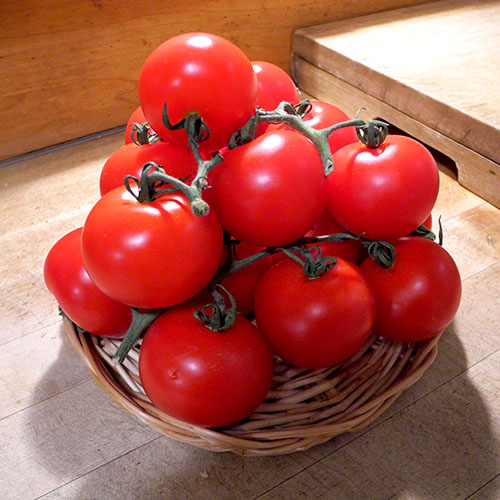

- *one 21-ounce lemon sole fillet from Pure Vida Seafood. which is a much larger piece than I usually bring home, but we deserved it last night, cut into 8 sections (for convenience in turning and to arrange 2 equal servings of an oddly-shaped flat fish fillet), cooked inside a heavy enameled rectangular cast iron oven pan over medium-to-high heat for a couple minutes, turned and cooked for another minute, or until done, arranged on warm-ish plates, and some ‘tomato butter’ ladled between the fillets
- *the butter salsa had been assembled a few minutes earlier by melting 3 tablespoons of Organic Valley ‘Cultured Pasture Butter’, adding one small finely-diced shallot from Norwich Meadows Farm, finely diced, cooking the onion until softened and fragrant, removing the shallot butter from the heat and allowing it to cool for 2 or 3 minutes, then tossing it with half a dozen or so cut up Backyard Farms Maine ‘cocktail tomatoes’ from Whole Foods that had earlier been tossed with almost a teaspoon of torn Gotham Greens Rooftop packaged basil from Whole Foods), the tomatoes stirred gently in the pungent oil, the salsa seasoned with sea salt, a few drops of red wine (Chianti) vinegar stirred into the mix at the end, both fish and tomato butter garnished with micro scallions from Two Guys from Woodbridge
- *5 or 6 ounces of spinach from John D. Madura Farms, washed in several changes of water, drained, very gently wilted (that is, not reduced too far) inside a large, very heavy, antique, high-sided tin-lined copper pot in a little olive oil in which 2 quartered cloves of Rocambole garlic from Keith’s Farm had first been allowed to sweat, the spinach seasoned with sea salt, freshly-ground black pepper, a little dried peperoncino Calabresi secchi from Buon Italia, finished on the plates drizzled with a little organic lemon and a bit more of the olive oil
- *slices of an organic multigrain baguette from Bread Alonü
- *the wine was a Spanish (Bierzo) white, Palacio de Canedo Godello 2012, from Garnet Wines
- *the music was the awesome, revolutionary 1956-1959 Bohuslav Martinů opera,’Řecké pašije’ (The Greek Passion), Libor Pešek conducting the Prague Radio Symphony Orchestra, the Prague Radio Chorus, and the Prague Radio Children’s Chorus

